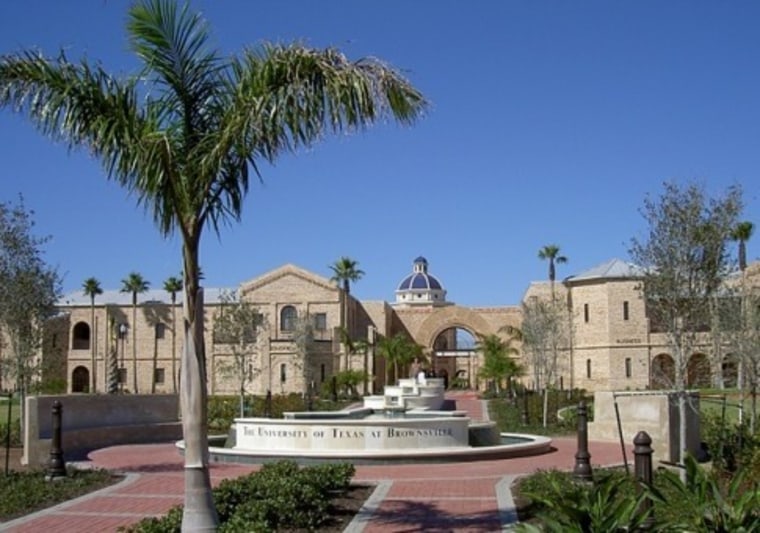While cities aren’t generally known for their high air quality, a trip to a metropolis doesn’t need to be hazardous to your health. Based on data in the American Lung Association's State of the Air 2010 report, Forbes has identified 12 metro areas in the U.S. where breathing is easy, thanks to safe ozone levels. The list is based on figures collected by the U.S. Environmental Protection Agency (EPA) between 2006 and 2008.High in the atmosphere, ozone gas protects the planet from toxic UV rays. But at ground level it’s a serious air pollutant that claims thousands of lives a year and causes a range of ailments from asthma attacks to cardiac arrhythmia. The effects are particularly brutal in the summer. Due to California’s year-round exposure to sunlight and pollution that stays put without circulating, smog-ridden Los Angeles was named the country’s worst city for ozone this year.
Looking for a vacation spot without a side of lung damage? Consider Honolulu, Hawaii, or Port St. Lucie, Fla., which are among the cleanest U.S. cities.
There’s also Fargo, N.D., gracing the list for the second consecutive year. One reason is North Dakota's Clean Air Choice program, which encourages using safer fuels like E85 ethanol and biodiesel, mass transit over driving and advancements in generating electricity. That kind of commitment helped Bismarck, N.D., make the cut as well.
While Texas has its fair share of health problems — four of the ten fattest U.S. cities are in the state, according to a study by Men’s Health magazine — it has two metro areas with safe air: Brownsville and Laredo. But all the air is not sweet in the Lone Star state.
Metros like Houston and Dallas remain plagued by poor air quality, and the EPA warned in May that unless Texas starts meeting guidelines laid out in the Clean Air Act, Washington would interfere with its proceedings. Texas is currently fighting this in court, insisting that its approach to air quality is helping the environment and fueling the economy.
Minnesota’s devotion to clean air is paying off, with the inclusion of Rochester, Minn., and Duluth, Minn., on the cleanest cities list. The state has successful programs like the Minnesota Environmental Initiative, which takes a creative approach to the pollution problem. Project Green Fleet aims to reduce emissions from diesel school bus engines without costing the participants a fortune, and Clean Air Minnesota enlists the help of businesses, government agencies and citizens on a voluntary basis.
Other clean cities include Sioux Falls, S.D., and Coeur d’Alene, Idaho, with Fayetteville, Ark., and Lincoln, Neb. , rounding out the list. Each of these regions has done its part to yield healthier air, and there are several ways to combat the problem, according to the ALA. Among them: conserving energy; cleaning up coal-fired power plants, dirty diesel engines and ocean-going vessels; and tightening ozone and particulate exposure standards.
